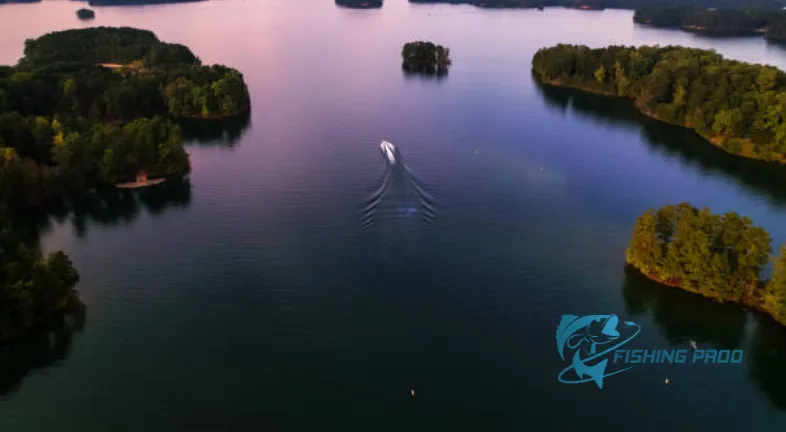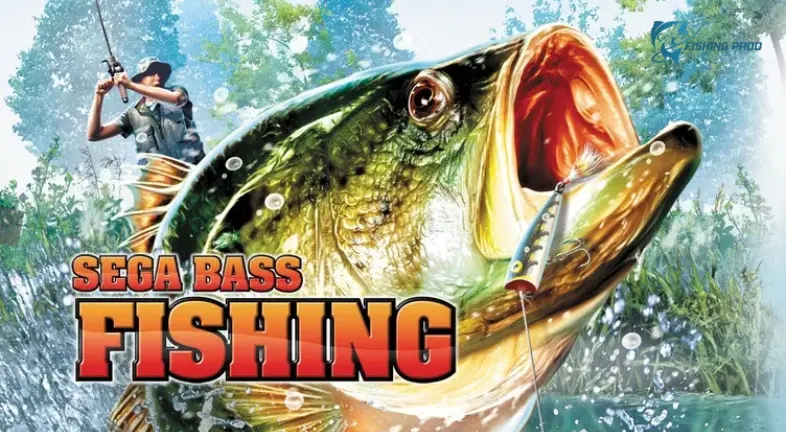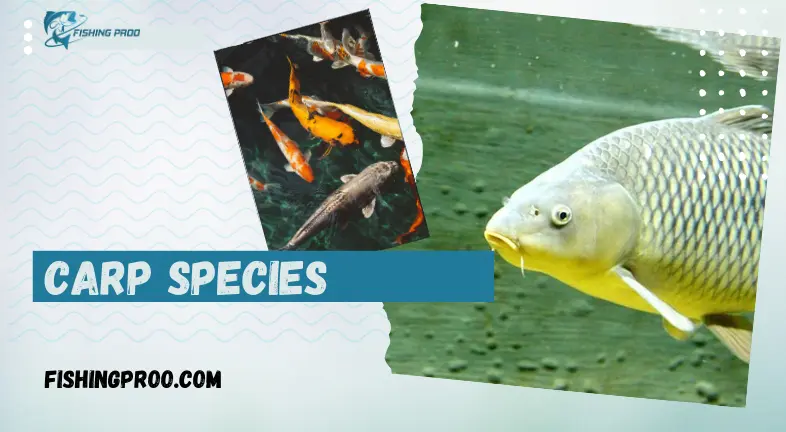
Dive into the World of Jellyfish: Nature’s Ocean Wonders
Among the ocean’s most remarkable animals are jellyfish. They have a serene, flowing gait that can be lovely to observe. Despite their very straightforward appearance. jellyfish have existed over hundreds of millions of years. They have been among the planet’s oldest living things. This blog will discuss the unique qualities of jellyfish, their significance to the ocean, and safe ways for people to enjoy these amazing creatures.
What Are Jellyfish?

Jellyfish, or “jellies,” are soft sea caricatures. They come in many shapes, sizes, and colors. Some are tiny, while others have long tentacles that can stretch for many meters. Even though they are called jellyfish, they are not actually fish. They don’t have bones, a brain, or a heart. Their bodies are mostly made of water, and they have a bell-shaped top with tentacles hanging underneath.
Key Facts About Jellyfish:

No Brain or Heart: Jellyfish use simple nerves to sense the world around them.
Jelly-Like Body: Their soft, squishy bodies help them float and drift with ocean currents.
Tentacles and Stingers: Many jellyfish use tiny stingers to catch food and protect themselves.
Types of Jellyfish
The world’s oceans are home to thousands of different species of jellyfish. Here are some interesting examples.
Moon Jellyfish (Aurelia aurita)

Easy to spot because of their see-through bell with purple or pink marks. Found near the coast in many places around the world. They have a mild sting that is harmless to humans.
Lion's Mane Jellyfish (Cyanea Capillata)

The largest jellyfish in the world, with tentacles that can grow over 100 feet long. Found in colder oceans in the northern parts of the Atlantic and Pacific.
Box Jellyfish (Chironex fleckeri)

Known for their cube-shaped bell and strong sting. Found in the warm waters around Australia and the Indo-Pacific. Their sting can be very dangerous to humans.
Immortal Jellyfish (Turritopsis dohrnii)

Can turn back into a young jellyfish, making them nearly impossible to kill by aging. Found in oceans all around the world.
Why Jellyfish Are Important to the Ocean

Jellyfish are not just beautiful to look at—they also play an important role in the ocean:
Food for Other Sea Animals
Many animals, like sea turtles and some kinds of fish, eat jellyfish. Without jellyfish, these animals would have a harder time finding food.
Keeping the Ocean Balanced
Jellyfish eat plankton and small fish, which helps keep the ocean’s food chain in balance.
Home for Other Creatures
Some small animals hide among jellyfish tentacles to stay safe from predators. Jellyfish blooms (when large groups appear) can also provide temporary homes for tiny ocean creatures.
Why Are There More Jellyfish Blooms?

In some areas of the water, individuals have recently seen larger schools of jellyfish. We refer to these clusters as blooms are a natural occurrence, some human activities might be making them more often.
Why Blooms Are Happening More Often:
- Warming Oceans: Warmer water temperatures make it easier for jellyfish to grow and reproduce.
- Fewer Predators: Overfishing reduces the number of animals that eat jellyfish, allowing more jellyfish to survive.
- Pollution: Fertilizers in the water help plankton grow, giving jellyfish more food. These blooms can cause problems for fishing and tourism. They also show how the ocean is changing because of human actions.
How to Enjoy Jellyfish Safely

Though they are lovely to observe, jellyfish can sting if you reach them too closely. Here are a few tips for safely enjoying them:
- Visit an Aquarium You can safely observe jellyfish up close in aquarium. You can observe their delicate motions and learn about different kinds.
- Be Careful at the Beach If you see jellyfish on the sand, don’t touch them. Even if they look dead, their tentacles can still sting.
- Learn More About Jellyfish Watch documentaries, read books, and follow conservation groups to better understand jellyfish and their role in the ocean.
How to Protect Jellyfish and Their Home

Keeping jellyfish habitats clean and safe helps protect the entire ocean. Here are ways you can help:
- Cut Down on Plastic Jellyfish sometimes mistake plastic for food, which can hurt them. Use less plastic and help clean up beaches to protect jellyfish.
- Support Conservation Efforts Donate to or volunteer with groups that work to protect the ocean and its creatures.
- Spread the Word Teach others about jellyfish and why they are important to the ocean.
Conclusion
Amazing living things, jellyfish have unique characteristics that set them apart from most other creatures. Though having simple bodies, they have clever strategies for being successful in the ocean. About 95% of their bodies are brain, and bones, in contrast to many other animals.
Using painful cells called cytokines to defend themselves and capture prey is one of their most amazing strategies. Their tentacles include these cells, which function similarly to tiny harpoons by releasing poison when touched. This helps jellyish fight off predators or capture small creatures like fish and plankton.
Jellyfish come in many shapes, sizes, and colors. Some can even glow in the dark, a feature called bioluminescence. This glowing can confuse predators, attract prey, or send signals. Even though their bodies are simple, jellyfish are tough survivors.
Jellyfish mostly drift with ocean currents, but they can also move by pulsing their bell-shaped bodies. Even without a brain, they have a simple nerve system that helps them sense their surroundings and control their movement.
These old species have survived disasters that killed out many other creatures for hundreds of millions of years. Jellyfish are a wonderful wonder of the water because of their remarkable capacity to adapt and survive.
Read More at : The Electric Eel















